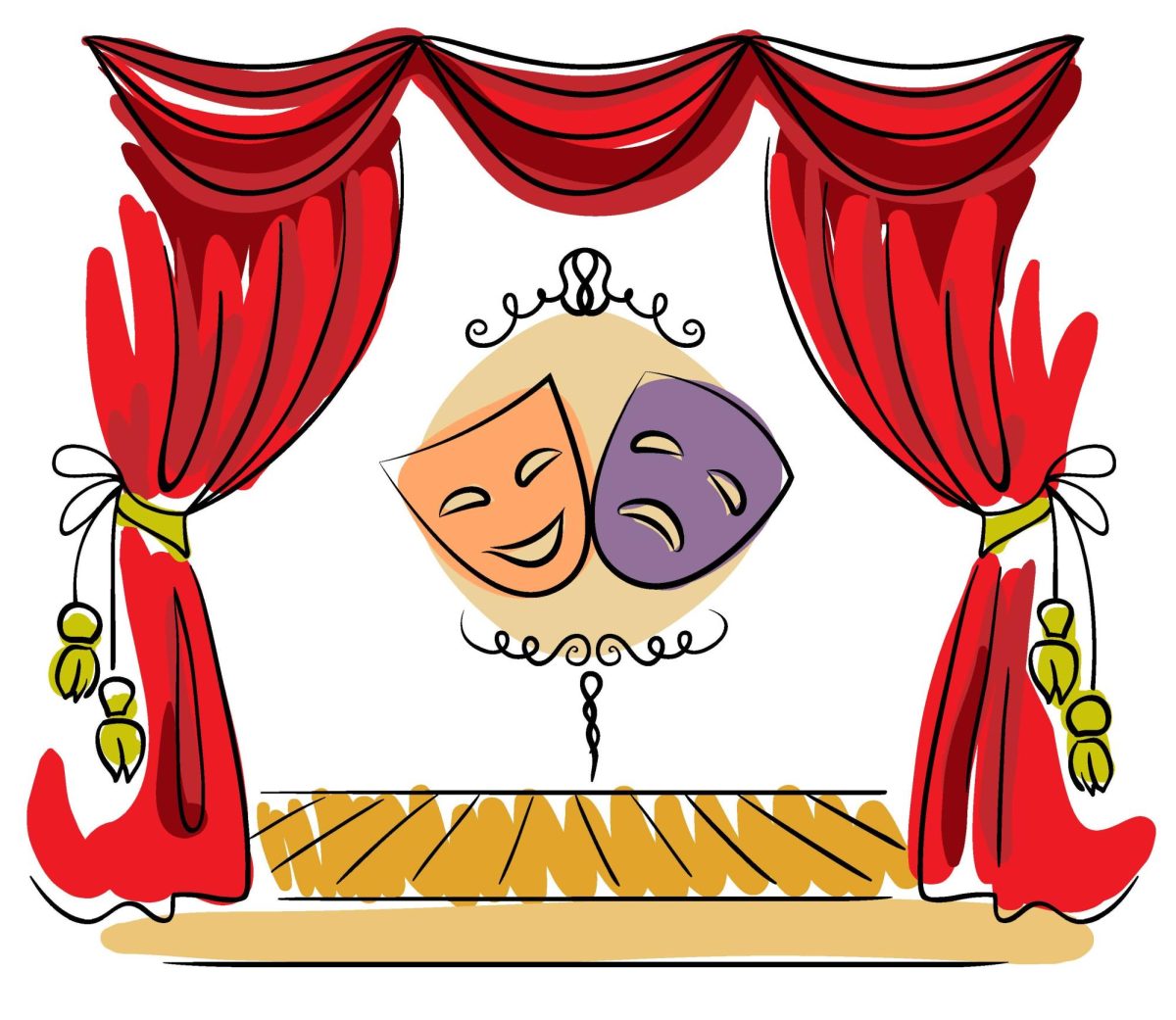As winter approaches and fall comes to an end, many things come with the turn of the season. Everyone is excited for some like winter break and not so excited about like finals. With the turn of the season, many holidays also approach like Hanukkah, Christmas, and Kwanzaa, and with those holidays come different traditions. Here are 11 different winter holidays and common traditions that accompany them.
First up is Hanukkah. Hanukkah celebrates the recovery of Jerusalem and the subsequent rededication of the second temple at the beginning of the Maccabean revolt in 2nd century BCE. Most people who celebrate Hanukkah light a Menorah, which has nine candles. It’s also common for people to play dreidel, eat fried foods, eat cheesy foods, sing songs, give gifts of money or time, and get chocolate gold coins.
Next up is Christmas. Christmas celebrates the birth of Jesus Christ and is celebrated on the 25th of December. For Christmas, many people put up Christmas trees, send out Christmas cards, give presents, bake cookies, put up decorations, and have their kids write letters to Santa Claus.
Next up is Kwanzaa, which is an annual celebration of African American culture which spans from December 26th to January 1st culminating in a communal feast called Karamu on the 6th day and it’s based off the African harvesting festivals of west and southeast Africa. For Kwanzaa, most people set up Kwanzaa displays, light six candles, reflect on the principle of the day, prepare and share food, honor ancestors, share talents, and give gifts to kids.
St. Nickolas day, also known as the feast of St. Nickolas, takes place on the 6th of December and it falls within advent. The day is to celebrate the day that St. Nickolas was named a saint. It’s also believed that it was the day he died on in 343 AD. Most people who celebrate St. Nickolas day write letters for Saint Nickolas and leave carrots or grass for his donkey or horse. In the morning they find presents under their pillow, in their stockings, in their shoes or on plates they set out for him. Saint Nickolas often also leaves oranges or chocolate coins.
Boxing day is a holiday celebrated after Christmas on December 26th and it occurs on the second day of Christmastide. It originated as a holiday to give gifts to the less fortunate now it’s become a part of the Christmas season. For Boxing Day many people honor people who work for them, give back to the less fortunate, spend time with friends, exercise self-care, or go shopping.
Yule is a winter holiday which marks the start of the long winter months and is a time to celebrate the end of a long harvest and butchering season and was historically celebrated by the Germanic people and was incorporated into the Christmas season but is now celebrated separately. On yule people burn yule logs, hang mistletoe, light a candle, put up a yule tree, exchange gifts, go caroling, making a reef, or making yule bread.
The Winter Solstice, which is also known as the hibernal solstice that occurs when either of the Earths poles reaches its maximum tilt away from the sun which happens twice a year. It marks the symbolic death of and birth of the sun and the reversal of the waning of daylight hours. Most people celebrate by burning a yule log or by making a reef or yule alter.
Three Kings Day is a feast day commemorating the visit of the three wise men, the baptism of Jesus Christ, and the wedding at Cana on January 6th. Kids traditionally get presents from the wise men on the day of and leave a box of hay under their beds to get good
presents the night before.
St. Lucy’s also referred to as The Feast of Saint Lucy is a feast on the 13th of December. The day
commemorates the martyr Lucia of Syracuse who brought food to Christians hiding in the Roman catacombs lighting her way with a candlelit reef on her head. For this day most families who celebrate it have the eldest daughter dress in white and serve baked goods to other family members to honor St.
Lucy.
The Lunar New Year is the first new moon of a lunar calendar or lunisolar calendar year whose months are moon cycles. It celebrates the arrival of spring and the beginning of a new year. For the Lunar New Year people usually receive and give red envelops, visit family, go shopping, light fireworks, do or witness the lions and dragons dance, make sacrifices to their ancestors, clean, have a reunion dinner, decorate, or participate in a lantern festival
New Years celebrates the starting of a new calendar and the year count increasing by one it also honors Janus, the roman god of new beginnings. People usually light sparklers, countdown to midnight, make a toast, smash plates, or eat 12 grapes the night before on New Years eve also known as the old New year.
On New Years Day most people have fireworks, kiss at midnight, make noise, or carry around an empty suitcase.
All of these holidays may be vastly different, but they all have a special meaning to those who celebrate them. The most important thing in common with these holidays is that they are celebrated with the people they you care for. So, no matter what holidays or what traditions you celebrate this year, Happy Holiday’s.
www.hebcal.com/holidays/chanukah
https://en.wikipedia.org/wiki/Kwanzaa
www.stnicholascenter.org/how-to-celebrate/celebrate-at-home/ideas-from-families
https://en.wikipedia.org/wiki/Winter_solstice
https://kids.nationalgeographic.com/celebrations/article/three-kings-day
https://en.wikipedia.org/wiki/Boxing_Day
https://www.britannica.com/biography/Saint-Lucy
https:// en.wikipedia.org/wiki/Lunar_New_Year
https:// en.wikipedia.org/wiki/Saint_Lucy%27s_Day
https://www.history.com/news/new-years-history-festive-facts







